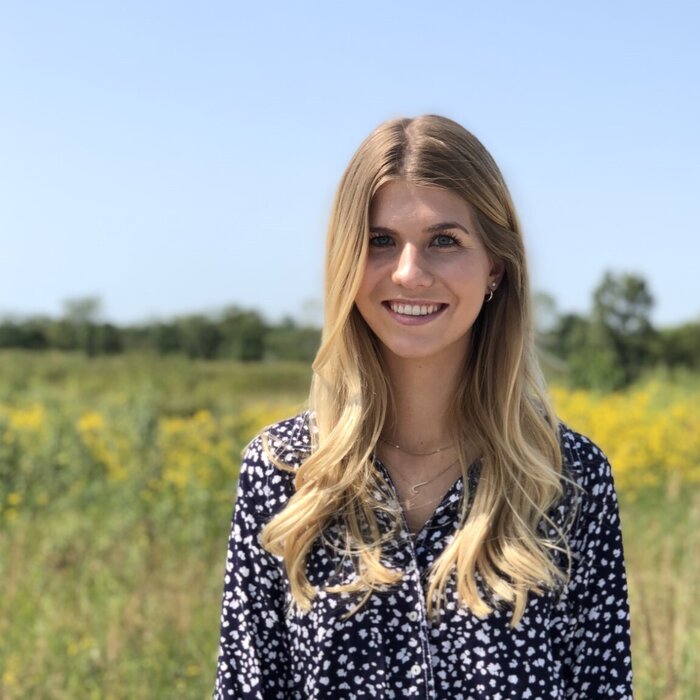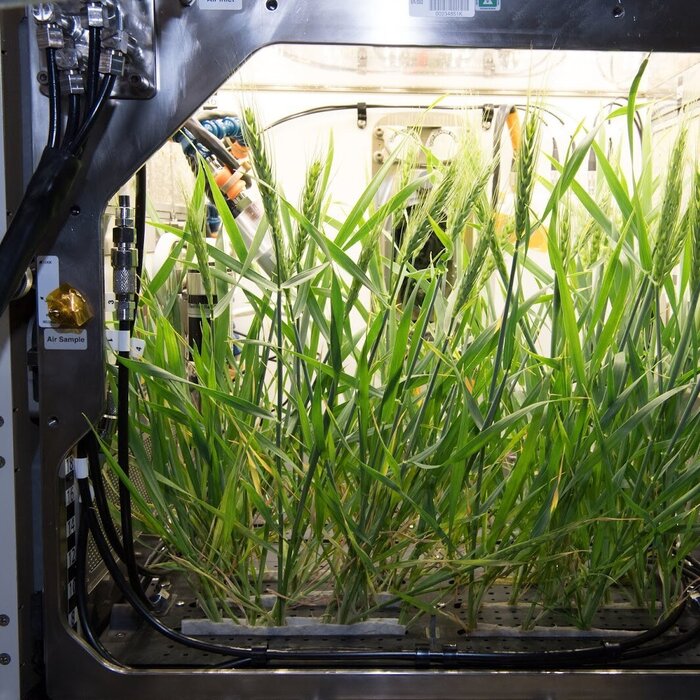
‘As spaceflight exploration ventures deeper into our solar system, astronauts will need a fresh, sustainable food source to maintain health and wellness. Understanding how plants are affected in spaceflight enables researchers to optimize growing conditions for peak nutritional value and harvest index,’ Josie Pechous said.
While at NASA’s Kennedy Space Center, Josie worked as a Bioinformatics for Space Crop Production Intern. She compared transcriptomes of previous plant spaceflight missions to identify any genes or signaling pathways that may be useful for future successful space crop production. She began her internship researching spaceflight-induced stressors on the human body. With an interest in plants and nutrition, Josie sought information on how the right diet can boost astronaut health, performance, and wellbeing.
Josie also composed a literature review on microgreens: small, nutrient-dense plants requiring little horticultural demands. She highlighted their nutritional composition, growing conditions, and potential for sustaining life on long-range spaceflight missions to supplement the pre-packaged spaceflight diet.
Mentorship was integral in making Josie’s internship a rewarding experience. Christina M. Johnson assigned a project that worked with Josie’s career goals and encouraged her to direct research to areas that matched her interests.
‘Focusing on a subject that I was passionate about while supporting NASA objectives was such a gratifying experience. Further gratifying has been the continued connection between me and my mentor post-internship. Although over a year has passed . . . my mentor continues to support me,’ Josie said.

After Josie’s internship, her research was incorporated into a scientific article, ‘Large-Scale Crop Production for the Moon and Mars: Current Gaps and Future Perspectives.’ She recently attended the American Society for Gravitation and Space Research annual conference and presented on the advantages of microgreen carotenoid composition for space travel.
Josie completed her degree at Drake University in biochemistry and cell and molecular biology. She now studies at Vermont Law School, pursuing food and agriculture law and policy for a sustainable future.
Interested in becoming a member of the team? Check out our website to learn more about the Artemis Generation and find information on eligibility and application steps. Want more content? Check out ten things you can do now to prepare for a NASA Internship.
Claire A. O’Shea / NASA Johnson Space Center

